
Relative humidity is such a confusing way to talk about moisture in the air. I’ve been hammering on this point for a decade, covering it in several different ways. But here’s an angle that I haven’t covered before. The weather is cooling off here in Georgia as I write this in early October, so we don’t have to run our air conditioners all the time now. We still have humid days, though, so many people have the question: When is the humidity low enough to open the windows?
I opened the windows to 90% relative humidity
It’s humid and warm here now, but a week ago we had some nice cool weather. Low temperatures in the low to mid 50s Fahrenheit (10°-13°C), highs in the 70s Fahrenheit (25ish Celsius), and sunny. Gorgeous fall weather! About a week ago I opened one of my basement windows and put a fan in it to blow outdoor air into my house. And the outdoor relative humidity at the time was about 90%.
Opening the windows means letting outdoor air into your house. In a humid climate, you don’t want to do that when the outdoor air is more humid than indoor air, right? But the trap many people fall into is looking only at the relative humidity. They see the outdoor relative humidity at 70% and say, “Oh, I should keep the house closed up now because that’s too humid.”
There’s a better metric
And that’s wrong. Well, it might be right accidentally, but you can’t look at the relative humidity by itself. You also need to know what the indoor and outdoor temperatures are. But there’s an even better number to look at, and fortunately, weather apps show this number. It’s the dew point.
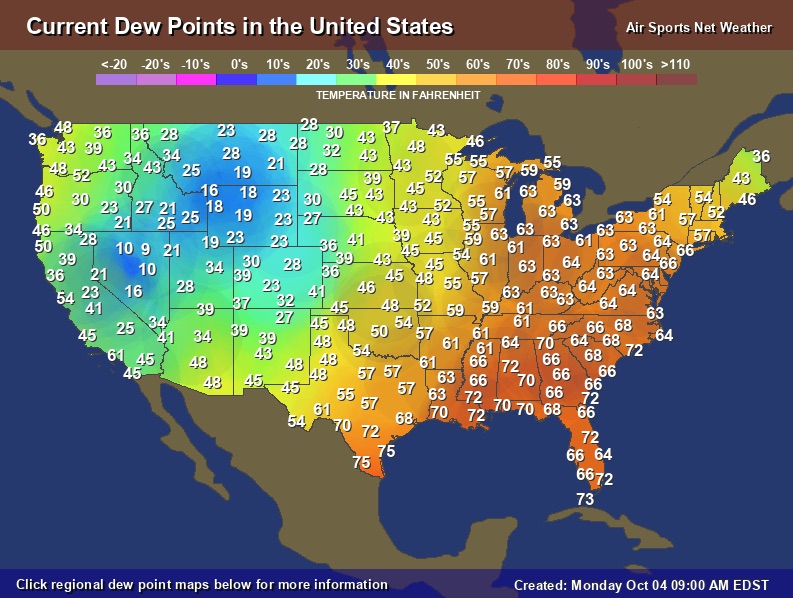
To decide whether it’s OK to open the windows or not, the dew point is a much better metric because it tells you which air has a higher concentration of water vapor. Let’s look at the example of when I opened the windows last week. Here were the conditions:
Outdoors: 58°F, 90% relative humidity
Indoors: 72°F, 64% relative humidity
It looks like the outdoor air is more humid; 90% is much higher than 64%, right? Nope. The temperatures are different, so you have to account for that. The dew point tells the truth here.
Outdoor dew point: 55° F
Indoor dew point: 59° F
By bringing in outdoor at 90% relative humidity, I actually dried out the air in my house. When the outdoor air entered and mixed with indoor air, it warmed up. I watched the relative humidity on my indoor data logger drop from 64% down into the 50s in just a short while with the fan running.
So, don’t use relative humidity as your basis to judge when the humidity is low enough to open the windows. Use dew point, and you’ll get it right. A good reference point for dew point, by the way, is 55°F. That’s the dew point for conditioned air at 75°F and 50% relative humidity.
_________________________________________________________________________
Allison Bailes of Atlanta, Georgia, is a speaker, writer, building science consultant, and the founder of Energy Vanguard. He has a PhD in physics and writes the Energy Vanguard Blog. He is also writing a book on building science. You can follow him on Twitter at @EnergyVanguard.
Weekly Newsletter
Get building science and energy efficiency advice, plus special offers, in your inbox.





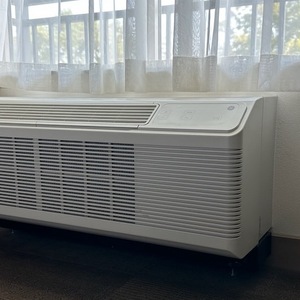
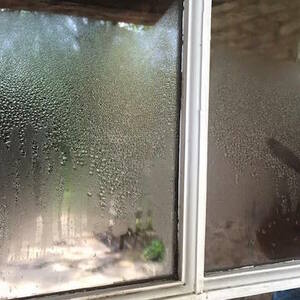
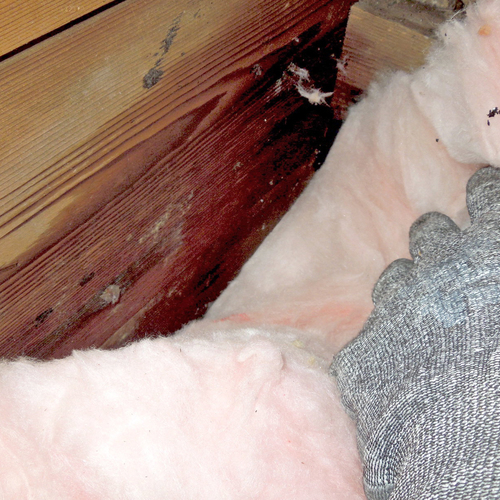
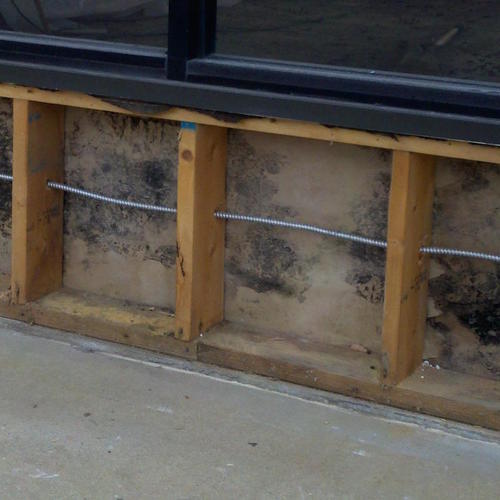






21 Comments
> To decide whether it’s OK to open the windows or not, the dew point is a much better metric
But if you use it as the only metric, you will have comfort and/or energy use problems. Would be useful to see a method to determine if outside air is a net plus or minus. Even better, an automated system that uses outside air whenever it makes sense.
Good point, Jon. I've answered the question assuming people want to know if it's OK to open windows on days in fall and spring when the temperature is moderate. On a hot summer day here in the Southeast, most people are going to leave the windows closed. Same on cold winter days.
Perhaps enthalpy would play a role in some such calculations. Of course that probably isn't very practical for those trying to make such a mundane decision as opening a window.
In an overly simplistic sense: If you want cooling, you want air with lower total energy (enthalpy); If you want heating, higher total energy.
This assumes one wants heating or cooling to a sufficient degree to bring interior RH to a desirable level.
I imagine you would also need to address the losses that take place during the heating/cooling process, so there would be a buffer based on equipment efficiency. Perhaps in the end, not really that useful... not sure.
For shoulder seasons at least, I imagine the dew point is simpler and more practical.
Great article I often struggle with this question.
For me the question is should I open the windows before I go to bed. The weatherman predicts the morning low temp but not the humidity or dew point but most of the day when I consider opening the windows the low temp is at or very near the dew point.
My home weather station gives me the outdoor dew point but does not do the calculation for the indoor dew point. I have not looked but I am thinking if AC has been running the indoor dew point should be more or less a constant number.
Walta
I have the good fortune of living somewhere with low/no humidity right now, but from the southeast I come and to the southeast I likely will return.
When I do, I plan to use one of these guys to give me live info on this very question:
https://ambientweather.com/amws3000x3.html
I have exactly that and it's great for this purpose.
edit: removed conclusion from a calculation/model that needs more work.
Only conclusion so far is that opening a window just because outdoor dew point is lower than indoor can lead to increased net energy use. Ditto for enthalpy.
Jon, I don't understand how you can claim that as a general conclusion. When I open my windows, I'm not heating or cooling the house. That reduces energy use.
If not heating or coolign when opening windows, then presumably the outdoor air is more desirable in temperature. Wouldn't, then, RH actually be a pretty sufficient measure for the desirability of it's moisture content, since we want the interior to track more closely to that native outside temperature anyways? Or is there an assumption that that cooler air would still be 'heated' by the residual building heat, therefore changing the RH significantly?
Or I suppose the 'desirable temperature' could be somewhere between interior and exterior, and the cooler air is just used to bring it down some...
> When I open my windows, I'm not heating or cooling the house
My conclusions aren't constrained by your policies, but lets look at two examples with an added "hvac off while window(s) open" policy:
It's a moderate 60F/70% outside, the outdoor dew point looks good and Joe is going to sleep (when he finds 60F comfortable). So Joe turns off the heat and opens all the windows. All the interior thermal mass approaches 60F and some amount of moisture is absorbed because of the higher than normal indoor %RH. Morning comes and now Joe wants 72F and 50%. The hvac system will need some additional energy to overcome the storage effects - in some cases enough that it would be more energy efficient to not have opened the windows.
Mary's house is being heated to 72F but is a too high 64% RH. It's 40F/90% outside and the only way she can maintain the desired 72F is to keep the heat on. Is she better off with a policy-violating a) a limited amount of open window + a little extra heat or b) leave windows closed and run the dehumidifier? For some cases, a) is more energy efficient.
You made your claim sufficiently vague that it will always be possible to find examples to prove that it's true. Is it true the majority of the time? Probably not. I will agree that when deciding whether to open the windows, you have to consider more than simply the dew point, but that much is pretty intuitive as it is. I really don't think anyone would open the windows when it's 40F outside and their indoor temperature is already at the desired set point, as in your second example.
In the first example, you're ascribing the energy loss to opening the windows, where in reality the energy loss is due to the desired conditions of 60F at night and 72F during the day. If Joe wants 60F at night, the only alternative to opening the windows is to turn on the A/C during the night, then turn the heat on during the day.
"All the interior thermal mass approaches 60F and some amount of moisture is absorbed because of the higher than normal indoor %RH. Morning comes and now Joe wants 72F and 50%. The hvac system will need some additional energy to overcome the storage effects"
This excerpt is very confusing. You never specified the initial indoor conditions. Presumably the indoor dew point is higher than the outdoor, so as the outdoor air mixes with the indoor air, the dew point is going to go down. Sure, as the temp goes down, the RH will go up relative to what it would have been with the original indoor temperature, but the dew point is never going to exceed what the starting indoor dew point was. It's hard to evaluate whether any of this matters when comparing opening the windows or running the A/C. My gut tells me it doesn't, because in either case you're lowering both the indoor temp and dew point. One method uses energy during the night, one does not, and both use energy during the day. A third option, doing nothing during the night, obviously uses less energy than either the of others, but it violates the premise of the example, i.e. Joe's desired indoor nighttime temperature.
> the energy loss is due to the desired conditions of 60F at night
I didn't write "desired". Say Joe is fine with anything from 72F to 60F at night. Then the morning energy loss IS due to the open windows.
> I really don't think anyone would open the windows when it's 40F outside and their indoor temperature is already at the desired set point, as in your second example.
But in some cases, it would be more energy efficient and still comfortable if they did. And in cases like a 72F, 100% RH bathroom, I think they do.
We could endlessly clarify details and I think the conclusion will be the same - there is no simple and reliable method of deciding when opening a window increases or decreases net energy use.
"Use dew point" and you will sometimes get it wrong. Add constraints of "only in moderate weather" and "turn off the hvac" and you sometimes still will.
Jon, why ditto for enthalpy?
Is it because the losses of the heating/cooling equipment needs to be accounted for, or does it fall short in some other more fundamental way? More explaination..
I calculated enthalpy for inside and outside and couldn't find a reliable correlation between these values and open window energy use. Maybe you have a way to use it reliably?
Jon, I don't know. I'm just thinking in plain English, and while I'm sure it's flawed, here is my logic:
If you have a set interior temp and RH, you have a set interior enthalpy. If you are having to maintain that interior temp and RH with heating/cooling dehumidification, etc. you are having to either add or remove a certain amount of energy from the building.
Obviously we need to force some phase transitions, and there are losses along the way, so while this is really not practical without that, here's two examples.
Heating example:
Indoor 70F indoor, 40RH, 25.3 btu/lb
Outdoor it's 65F, 70RH, and 25.62 btu/lb
If you let that air in, you would have to dehumidify, which has losses (and kind of makes my whole theory useless) but if you ignore those losses, you would be able to consider that you have let more energy into the house--you're goal.
Cooling example:
Indoor 75F, 50RH, 28 btu/lb
Outdoor 78F, 40RH, 27.65 btu/lb
If you let that air inside, you have raised the sensible load but lowered latent load by more. Trading that air removed total energy from the system.
This is no where near my area of expertise, so I may just not understand HVAC well enough to make sense of this. But that's my logic in a nutshell. I admit that since I've not calculated losses, it's pretty pointless.
Also here are a couple articles that discusses enthalpy in terms of cooling, but admittedly in a different context.
https://www.industrialcontrolsonline.com/training/online/enthalpy
https://www.computrols.com/enthalpy-hvac-free-cooling/
> losses ...
Exactly - energy needed to humidify/dehumidify and heat/cool vary with the efficiency of the equipment used. One can't make correct sensible/latent trade offs without accounting for this.
Enthalpy is a more accurate metric than dew point? - that sounds plausible. I'd even agree that using dew point is more accurate than "When I feel like it".
After reading the comments I wonder whether the title of the article might be better changed to: When should people with an obsession with building science consider opening their windows?
I'm probably typical of the people around me. I open my windows to stick my head out and see what kind of day it is. To scare off bears and raccoons in the yard. When the wood stove overheats the house. To talk to my wife when she is gardening. On very hot days. When I burn something on the stove. To let out a spider I've caught. When I feel like it.
Malcolm, those sound like the reasons of someone who lives in a cold climate without air conditioning. Here in the land of heat and humidity (Georgia for me, worse for others), it's good to have an idea of how much humidity you're adding to the house before opening a window.
Also, don't blame me for the direction the comments went. I laid out a simple proposal one can use in making the call.
Allison,
As usual you have written an interesting and useful article. It's the direction of the comments I found amusing. This afternoon I also opened the window to chasten my cat for stalking a bluejay.
I assumed it was a launch point for endlessly pedantic arguments. Ha.
Like Malcom, I don't think I would use any actual measurements in deciding to open a window or not. But I'm in Maine.
That said, if I'm checking the weather, I'll probably glance at dew points and/or RH. Definitely won't check enthalpy. But as an exercise in science, I still don't get why it wouldn't be the better metric of the 3.
Tyler,
Nothing wrong with the discussion - I just find it funny.
Log in or create an account to post a comment.
Sign up Log in